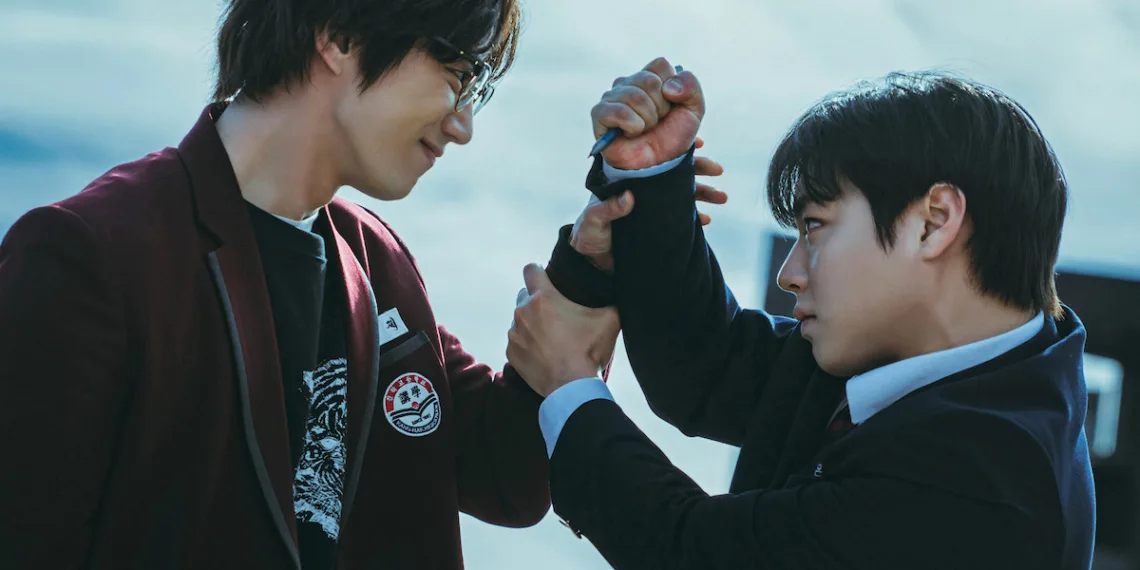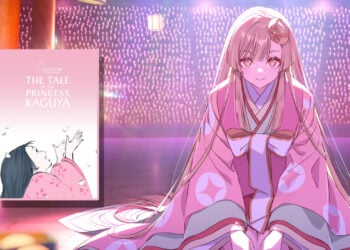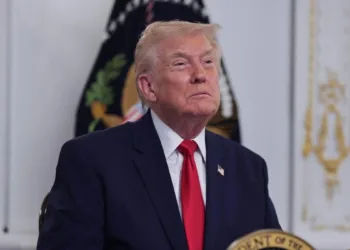When Netflix’s “Weak Hero Class 2” premiered, it quickly captivated audiences with its raw portrayal of school violence, complex characters, and emotional depth. Starring Park Ji-hoon as the intellectually brilliant but physically frail Yeon Si-eun, the series follows his journey at Eunjang High School after a traumatic incident that left him unable to protect his close friend Ahn Su-ho (Choi Hyun-wook).
Table of contents
While the K-drama has garnered critical acclaim from general viewers, dedicated fans of the original webtoon by Seopass and Razen have noted significant departures from the source material. These adaptational changes, ranging from character dynamics to pivotal plot points, have sparked intense discussions among the fanbase. Director Yu Su-min’s creative decisions reshape the narrative while maintaining its core themes of friendship, survival, and justice in a brutal school environment.
For newcomers to the franchise, these differences might seem inconsequential, but for long-time webtoon readers, they represent fundamental shifts in character motivations and relationships that define the “Weak Hero” universe. This exploration of the five most significant differences between the Netflix adaptation and the original webtoon reveals how adaptations must balance creative freedom with source material fidelity, and how these choices ultimately create two distinct yet compelling versions of the same powerful story.
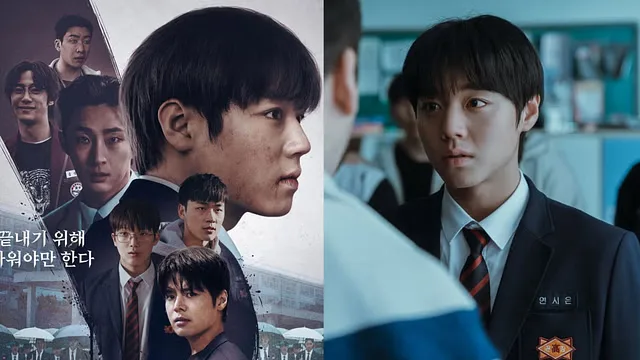
How Netflix Reimagined the Weak Hero Class 2 Universe?
The Netflix adaptation of “Weak Hero Class 2” maintains the core premise of the popular webtoon while making several significant creative departures. These changes reshape character dynamics, backstories, and even fundamental power structures within the story’s universe. For fans of both versions, understanding these differences provides insight into the adaptation process and the unique strengths of each storytelling medium.
1. The White Mamba Legacy: A Missing Cornerstone
Perhaps the most notable omission in the Netflix series is Yeon Si-eun’s iconic “White Mamba” persona. In the original webtoon, Gray Yeon (as he’s called in the source material) earns this fearsome nickname through his calculated fighting style and strategic use of everyday objects as weapons. Despite his physical limitations, his reputation as the White Mamba of Eunjang High School becomes legendary among students across different schools.
The Netflix adaptation takes a different approach, referring to Yeon Si-eun as “Ice Princess” among his friends, while most peers simply avoid confrontation with him. This change significantly alters how other characters perceive and interact with the protagonist. In the webtoon, the White Mamba reputation serves as both protection and burden for Gray, creating a complex dynamic where his notoriety sometimes precedes actual confrontations.
By removing this element, the series portrays Yeon Si-eun as more vulnerable and isolated, emphasizing his struggle to find his place rather than his reputation as a formidable opponent. This shift creates a more introspective character journey focused on emotional healing rather than reputation building.
2. Na Baek-jin’s (Donald Na’s) Truncated Backstory
Bae Na-ra’s portrayal of antagonist Na Baek-jin (known as Donald Na in the webtoon) represents another significant departure. While the Netflix series briefly mentions that Na Baek-jin is an orphan who works to support children at his orphanage, this barely scratches the surface of the character’s rich backstory in the original material.
The webtoon presents Donald Na as a deeply complex antagonist with a traumatic past—growing up in an abusive household, losing his mother, and experiencing homelessness. These experiences shape his worldview and motivations, making him a morally ambiguous character rather than a straightforward villain. Readers often find themselves sympathizing with Donald despite his ruthless actions.
By simplifying Na Baek-jin’s background, the Netflix adaptation creates a more conventional antagonist figure. While still compelling, the character loses some of the moral complexity that made the webtoon version so distinctive. This change affects not only how viewers perceive the character but also the thematic exploration of how childhood trauma shapes future behavior—a central theme in the original work.
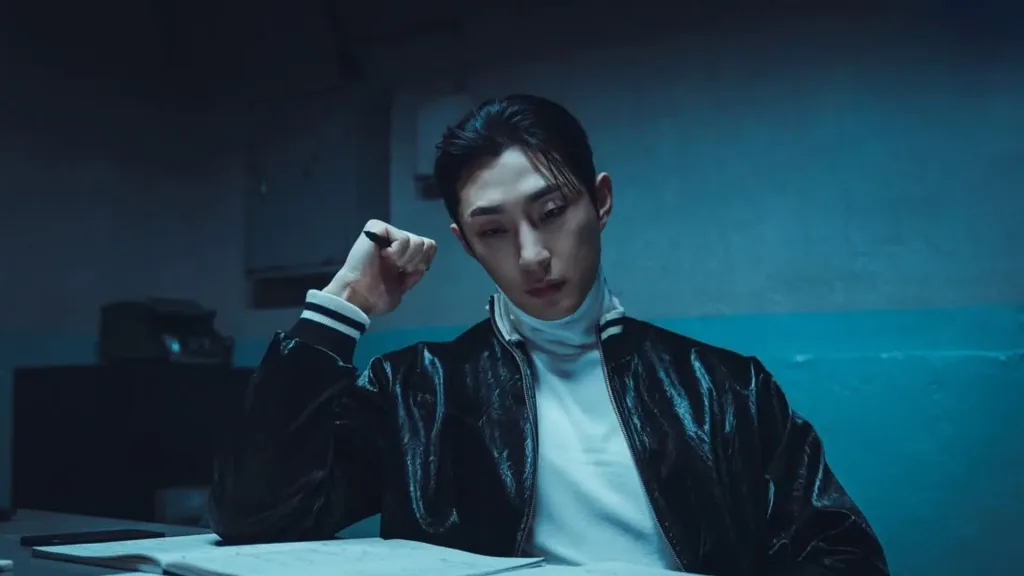
3. Reimagined Friendship Between Baku and Na Baek-jin
One of the most dramatic departures from the source material involves the relationship between Park Hu-min (Baku), played by Ryeoun, and Na Baek-jin. The Netflix series portrays them as childhood friends who grew apart, with Baku serving as Na Baek-jin’s MMA mentor during middle school.
This relationship bears almost no resemblance to the webtoon, where Donald Na and Ben Park (Baku’s counterpart) were never childhood friends. In fact, the original portrays Donald Na as physically superior to Ben Park, inverting the power dynamic shown in the series. This fundamental change alters the entire history between these pivotal characters and creates a completely different emotional context for their current rivalry.
The Netflix version adds layers of betrayal and lost friendship to their conflict, while the webtoon presents a more straightforward power struggle between two naturally opposing forces. This adaptation choice creates new dramatic possibilities but significantly changes how viewers understand the motivations driving these characters’ actions.
4. The Union’s Power Structure and Leadership
The organizational structure of The Union—the powerful student gang controlling various high schools—undergoes substantial revision in the Netflix adaptation. The series positions Na Baek-jin as The Union’s leader who reports to a higher authority: CEO Choi Chang-hee (played by Cho Seok) of the Cheon Gang mob.
This hierarchical arrangement contrasts sharply with the webtoon, where Donald Na operates as the independent and supreme leader of The Union without answering to anyone. In the original, Han Chang-hee (the webtoon counterpart to Choi Chang-hee) exists as an ally rather than a superior to Donald Na.
This change fundamentally alters the power dynamics of the story’s criminal underworld and Na Baek-jin’s agency within it. In the Netflix version, his character becomes more of a middle-manager than the autonomous crime lord depicted in the webtoon. This revision affects not only Na Baek-jin’s characterization but also the overall stakes and scope of the conflict.
5. Missing Characters and Simplified Organization
Perhaps the most extensive change involves the significant reduction in the cast of characters. The Netflix adaptation omits numerous key figures from the webtoon, including several core members of The Union: Jake Ji, Naksung Yoon, Jimmy Bae, Forest Lee, Myles Joo, and Kingsley Kwan. Additionally, Ben Park’s friends from the webtoon—Gerard Jin, Teddy Jin, and Rowan Im—are absent from the series.
This streamlining simplifies the narrative for television but removes much of the complex social ecosystem that made the webtoon’s world feel so expansive and lived-in. The original work presents a detailed network of alliances, rivalries, and power dynamics across multiple schools, creating a rich tapestry of teenage society.
By focusing on fewer characters, the Netflix adaptation creates a more intimate story centered on Yeon Si-eun’s personal journey and immediate circle. While this approach allows for deeper exploration of the remaining characters, it sacrifices the broader social commentary and intricate power structures that distinguished the original work.
| Aspect | Netflix Adaptation | Original Webtoon |
|---|---|---|
| Protagonist’s Nickname | “Ice Princess” among friends | “White Mamba” feared across schools |
| Na Baek-jin’s Background | Briefly mentioned as an orphan supporting other orphans | Extensively explored traumatic childhood with abuse and homelessness |
| Baku & Na Baek-jin Relationship | Childhood friends; Baku taught Na Baek-jin MMA | Never friends; Donald Na physically superior to Ben Park |
| The Union’s Structure | Na Baek-jin reports to CEO Choi Chang-hee | Donald Na is the independent supreme leader |
| Character Roster | Significantly reduced cast | Extensive network of characters across multiple schools |
The Future of Weak Hero: Potential for Season 3
The Netflix adaptation’s conclusion hints at possible directions for a third season. The ambiguous circumstances surrounding Na Baek-jin’s apparent death and CEO Choi Chang-hee’s potential involvement create a compelling setup for future storylines. Additionally, the emotional reunion between Yeon Si-eun and Ahn Su-ho suggests their relationship will be central to any continuation.
These plot threads, combined with the series’ strong viewership, make a third season a distinct possibility. However, with the adaptation already diverging significantly from the source material, future seasons would likely continue to chart their own course rather than strictly following the webtoon’s progression.
Conclusion
While the Netflix adaptation of “Weak Hero Class 2” takes significant creative liberties with its source material, both versions offer compelling storytelling that explores themes of friendship, trauma, and the brutal reality of school violence. The differences between them highlight how adaptation is an art of transformation rather than mere translation, creating two distinct but equally valid interpretations of the same core narrative.
For fans of both versions, these differences provide an opportunity to experience the story from multiple perspectives, appreciating the unique strengths of each medium. Whether you prefer the more expansive world of the webtoon or the focused emotional journey of the Netflix series, “Weak Hero” continues to resonate as a powerful examination of how young people navigate systems of power and violence.
BLACKPINK Lisa Dominates Coachella 2025: Music, Performance, and Acting Breakthrough
Frequently Asked Questions
A: Yes, despite the differences, the Netflix adaptation offers a fresh perspective on the story with outstanding performances, particularly from Park Ji-hoon as Yeon Si-eun. The series excels in its emotional depth and visual storytelling, providing a complementary rather than identical experience to the webtoon. Think of it as an alternate universe version of the story you love—different in key aspects but sharing the same emotional core and themes.
A: Adaptations often modify source material to accommodate the strengths and limitations of a different medium. Television requires more condensed storytelling than webtoons, necessitating character consolidation and streamlined plotlines. Additionally, the changes allow the creative team to surprise even dedicated fans of the original and explore new dramatic possibilities. Some modifications may also reflect considerations about what would resonate most strongly with a global Netflix audience less familiar with Korean webtoon conventions.

